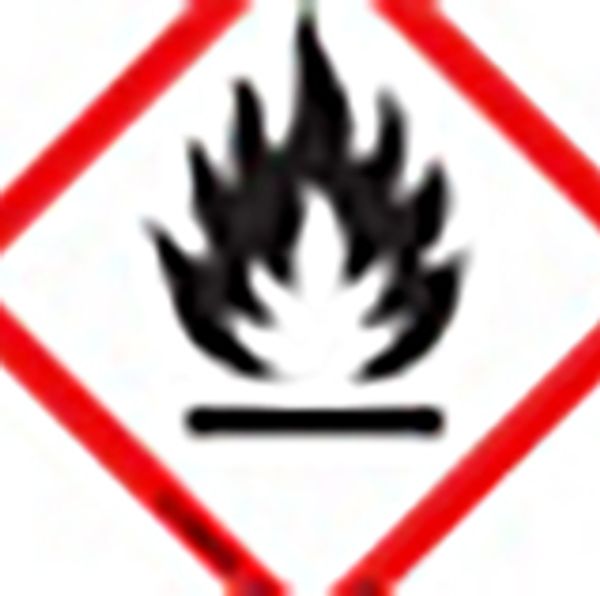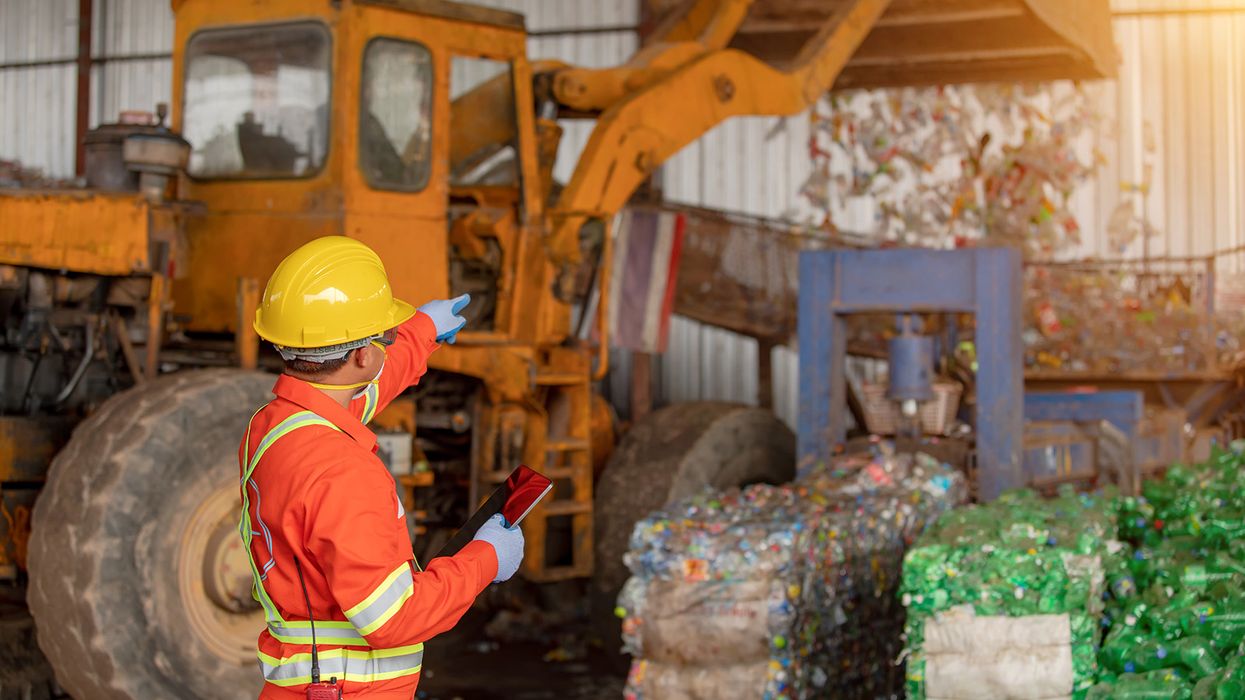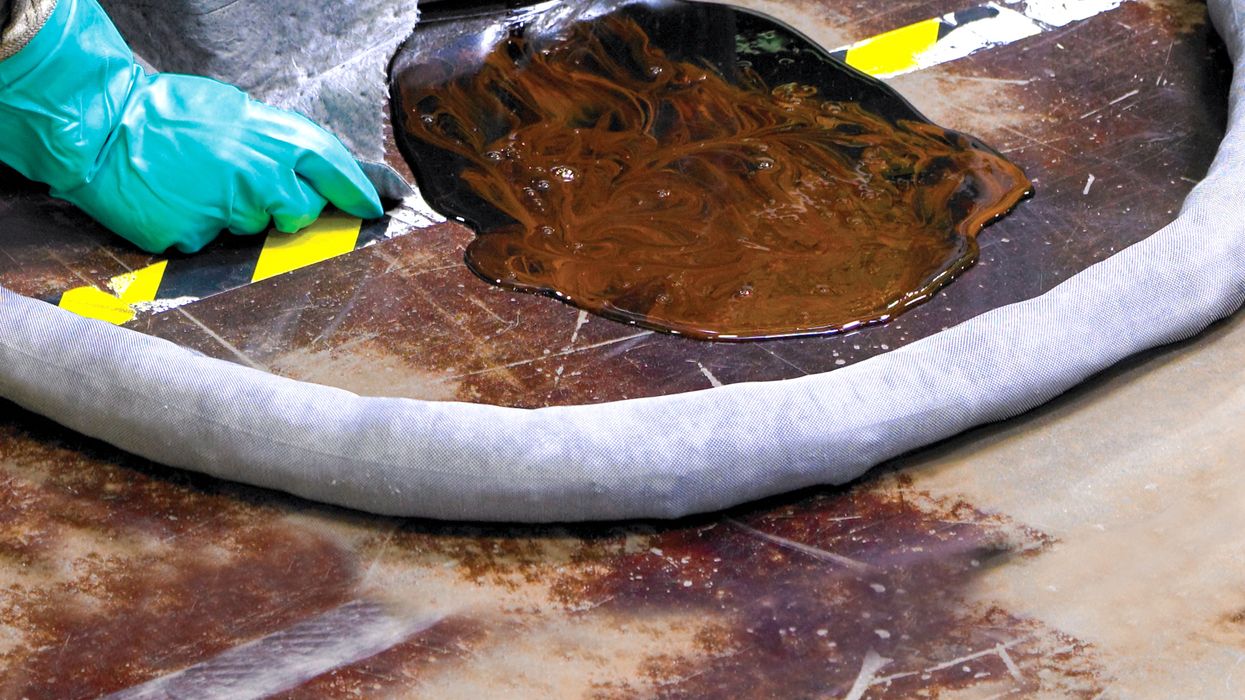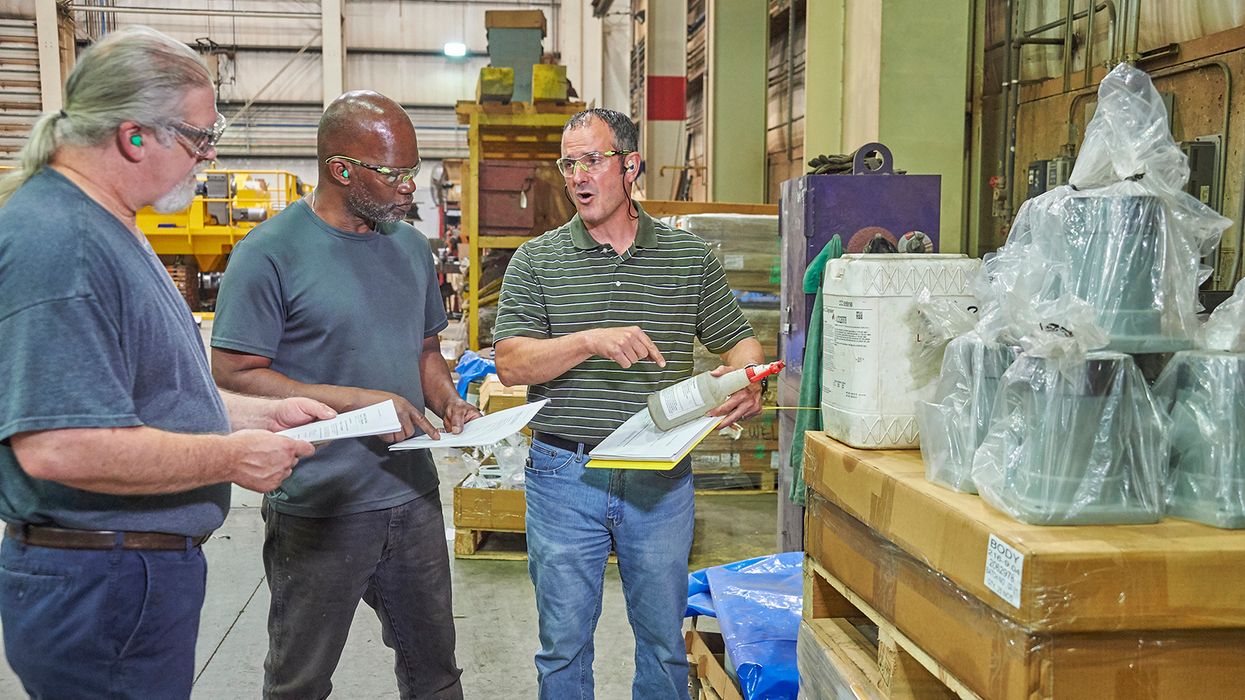Is your employee laser protection based on laser classification?
Advancements in operational technology have secured a position for lasers as a workplace staple. However, with the addition of these mainstream marvels comes the expectation from OSHA that employers protect workers from harm. But do you know how to effectively protect your workers based on the laser’s classification?
What exactly is a laser?
LASER is an acronym for Light Amplification by Stimulated Emission of Radiation. A laser consists of an optical cavity, a pumping system, and an appropriate lasing medium whereby laser light is generated by minuscule atomic processes. Lasers are commonly designated by the type of lasing material employed, which is also where the hazards mostly lie. Lasing mediums include:
- Solid states,
- Gases,
- Excimers that use reactive gases,
- Dyes that use complex organic dyes, and
- Semiconductors that may be built into larger arrays.
How are lasers classified?
Lasers and laser systems received from manufacturers are required by 21 CFR Part 1000 to be classified and appropriately labeled by the manufacturer. The manufacturer of the laser system first classifies the laser and then certifies that it meets all performance requirements of the Federal Laser Product Performance Standard (FLPPS). It’s important to remember, however, that the classification may change any time a laser or laser system is modified to accomplish a given task.
Most lasers are divided into four major hazard classifications. The classes are based on the graded risk of the ability of a beam to cause biological damage to the eye or skin. The classes are established relative to the Accessible Emission Limits (AEL) provided in tables in the standard. (NOTE: In the ANSI Z 136.1 standard, the AEL is defined as the product of the Maximum Permissible Exposure level (MPEL) and the area of the limiting aperture.)
- Class I: cannot emit laser radiation at known hazard levels (typically continuous wave (cw): 0.4 microwatts at visible wavelengths). Workers using Class I laser products are usually exempt from radiation hazard controls during operation and maintenance. Most Class I industrial lasers will consist of a higher-class (meaning high-power) laser in a properly interlocked and labeled protective enclosure. In some cases, the enclosure may be a room or protective walk-in housing that requires a means to prevent operation when operators are inside the room.
- Class I.A.: a special designation based on a 1,000-second exposure and applies only to lasers that are “not intended for viewing,” such as a supermarket laser scanner. With an upper power limit of 4.0 milliwatts, Class I.A. laser emissions can’t exceed the Class I limit for an emission duration of 1,000 seconds.
- Class II: low-power visible lasers that emit above Class I levels but at a radiant power not above 1 milliwatt. This is based on the concept that the human aversion reaction to bright light will protect workers. Because of their low power, only limited controls are specified.
- Class IIIA: intermediate-power lasers (cw: 1–5 milliwatts). These lasers are only hazardous for intrabeam viewing. Due to potential harm, some limited controls are usually recommended.
- Class IIIB: moderate-power lasers (cw: 5–500 milliwatts, pulsed: 10 Joules per square centimeter or the diffuse reflection limit, whichever is lower). In general, Class IIIB lasers aren’t fire hazards, nor do they generally produce a hazardous diffuse reflection. Because of their moderate power, however, specific controls are recommended.
- Class IV: High-power lasers (cw: 500 milliwatts, pulsed: 10 Joules per square centimeter or the diffuse reflection limit) are hazardous to view under any condition. These lasers also present skin exposure hazards and are a potential fire hazard. Significant controls are required for Class IV laser facilities.
| Interested in learning more? See our ezExplanation on Lasers. |
What are the regulations for lasers?
OSHA doesn’t currently have a comprehensive laser standard; however, other standards may be applicable in some cases. These include:
- 29 CFR 1910 Subpart I for personal protective equipment (PPE);
- The construction standard 29 CFR 1926.102(b)(2) for eye and face protection states, “Employees whose occupation or assignment requires exposure to laser beams shall be furnished suitable laser safety goggles which will protect for the specific wavelength of the laser and be of optical density (O.D.) adequate for the energy involved”;
- Specific state laser regulations in twelve states, including Florida, Texas, Illinois, and Pennsylvania, that are generally focused on the registration of lasers and the licensing of operators and institutions; and
- OSHA citations that may also be issued under the Occupational Safety and Health Act’s General Duty Clause (5(a)(1)), requiring employers to revise their reportedly unsafe workplace using the recommendations and requirements of such industry consensus standards as the ANSI Z 136.1 standard.
How can employees be injured by lasers?
Employers must focus on protecting workers from the following:
- Eye Injuries. Due to the significant power emitted from lasers, the light intensity can produce retinal intensities at magnitudes greater than conventional light sources and even larger than those produced when looking directly into the sun. Without proper protection, permanent blindness can result.
- Tissue damage. Laser-induced tissue damage happens when tissue proteins are denatured by extreme temperatures as laser energy is absorbed by the body. Tissue damage may also be caused by thermally induced acoustic waves from repetitively pulsed or scanning lasers. The principal thermal effects of laser exposure depend on the following factors:
- Exposure to the laser beam,
- Duration of the exposure and pulse repetition characteristics,
- Size of the area irradiated,
- Extent of the local vascular flow, and
- Absorption and scattering coefficients of the tissues at the laser wavelength.
- Other. Exposure to lasers may also result in photochemical or allergic reactions, hyperpigmentation, and some cancers.
Keys to remember
With the expanding use of higher-power laser systems, particularly ultraviolet lasers, unprotected workers may be exposed to extremely hazardous levels of laser wavelengths. Employers must understand laser classifications to ensure worker protection with appropriate machine guarding, enclosed laser systems, and proper PPE.


























































